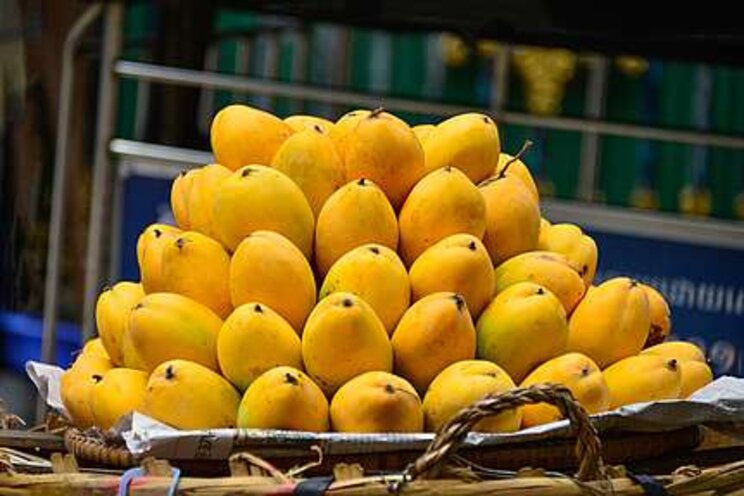Growing crops outside their natural home
Added on 29 June 2020

It's becoming more common however, for exotic crops to be grown locally for food. Eggplant for example originates in India and grows well in the tropical South East Asia. In a greenhouse however, they are successfully grown in New Zealand.

Photo Courtesy of Autogrow
Plants are adapted to grow in specific locations that have a specific environmental niche. Too far outside that range, the plants will experience stress. Every crop has an optimal range of environmental factors that allows it to reach its fullest growth potential. On the other hand, weaker plants are known to be more susceptible to disease and insect damage. Growers that determine these factors and implement it will also have healthier and "stress free" crops, not to mention higher yield.
As greenhouse technology improves, the ability to grow crops outside their preferred environments and grow for a longer period of the year is becoming increasingly possible. Tomatoes, capsicum, cucumber, and herbs like basil, sage and tarragon are all examples of crops that have been successfully grown all year round in cooler climates with the help of heated glasshouses. In warmer tropical countries on the other hand, research is being done on soil cooling to grow crops that require a cooler temperature such as lettuce.
Furthermore, with the impact we are seeing on the produce market due to the current Covid-19 situation and restrictions on importation of food, it is becoming more apparent for the need for consumers to buy locally grown produce. This potentially provides a great opportunity for growers to grow crop that would otherwise be sourced elsewhere.
Growing crops, especially multiple varieties, requires a new approach to how you manage, monitor and harvest as different crops require different care. When multiple crops are grown in the same space, the need for sensor technology is compounded, as different crops have different ideal climates. With the squeeze from increasing cost, competition, insects and diseases that growers experience; I believe one of the ways growers can stay ahead of the pack is by optimizing the climate for their crops.
The current climate may well be an opportunity for growers to experiment with new crops, instigate trial areas in your greenhouse, and use technology, genetic knowledge and management practices to branch into areas unknown.
Get in touch with us if you're looking for technology to help you grow multiple crops - sales@autogrow.com
Source: Autogrow
Written by Daniel Than
Photo by Noémi Macavei-Katócz on Unsplash
Source: Autogrow
More news















